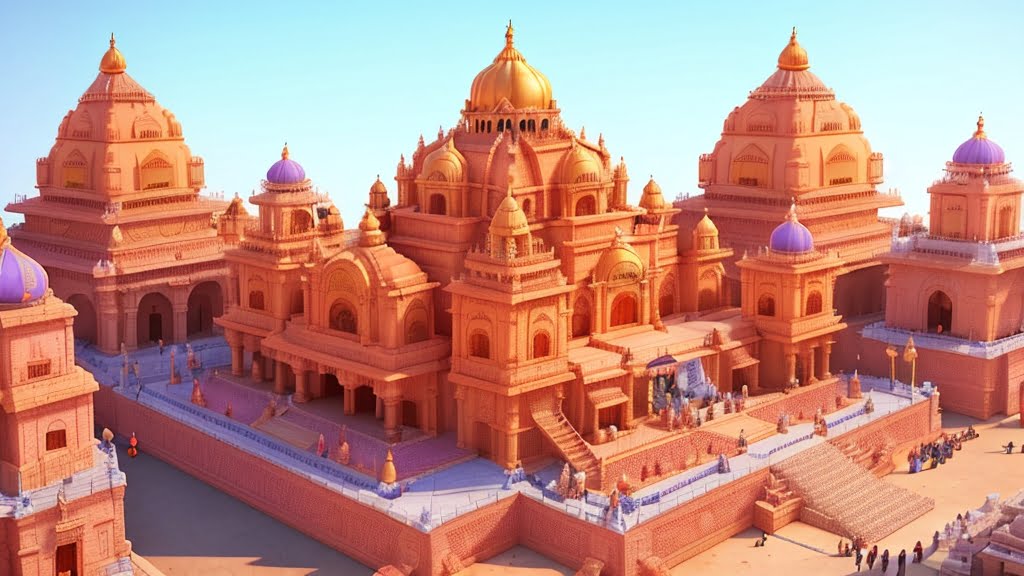
In a historic moment, the inauguration of the Ram Mandir in Ayodhya is set to mark the end of a decades-long journey that has witnessed controversies, legal battles, and significant construction efforts. As per the 2002 Archaeological Survey of India report, the site under the Babri Mosque revealed a large structure with stones and elements resembling those found in temples, igniting discussions about the existence of a Temple.
The construction of the Ram Mandir is in 3 planned stages. On completion of the ground floor, which will house the sacred Garbh Griha with the idol of Lord Ram, serves as the trigger for the inauguration ceremony on 22nd January. The chosen date aligns with Hindu traditions, as it corresponds to Kurum Dwadashi, symbolizing the day Lord Vishnu assumed the avatar of a tortoise during the Sagar Manthan. This ceremony, known as Pran Pratishtha, signifies the establishment of a new temple or the placement of a new idol.
The second phase, scheduled for December 2024, will witness the completion of the first and second floors, adorned with intricate engravings on 360 pillars. The third and final phase encompasses the comprehensive construction of additional structures, including a auditorium spread across 70 acres, sparking debates among the Shankaracharyas.
Delving into the rich cultural context, the temple is viewed through the lens of ancient scriptures, with sages asserting that the temple is the embodiment of God. The temple is described as the body of God, with distinct elements representing different aspects – the peak symbolizing the eyes, the pot denoting the head, and the flag representing the hair.
The Ram Mandir project, one of the most expensive endeavors, commands a budget of Rs. 1800 crores and is poised to transform the landscape of Ayodhya, situated on a vast 70-acre land. The significance of the temple extends beyond its religious and cultural dimensions, permeating economic and politics.
The impact is already evident as the Uttar Pradesh government announces the launch of 200 infrastructure projects worth Rs. 30 billion, boosting local businesses and transforming Ayodhya into a religious tourism destination. Major hospitality chains like Taj and Radisson are set to open hotels, underscoring the economic rejuvenation spurred by the temple.
The political impact is clear, as the Ram Mandir matter has greatly influenced the political scene. The upcoming inauguration is expected to be a central theme in the 2024 election, as the BJP, having fulfilled key commitments like Article 370 and the Ram Mandir, aims to gain support from its core voters.
Amidst the celebrations and joyous fervor surrounding the Ram Mandir inauguration, it is imperative to acknowledge the diverse perspectives that have shaped its journey. The temple’s presence is a testament to a complex interplay of history, culture, and faith, echoing through the ages and leaving an indelible mark on the socio-political tapestry of India.
NEXT : Report Indicates India’s Affluent Population to Hit 100 Million by 2027